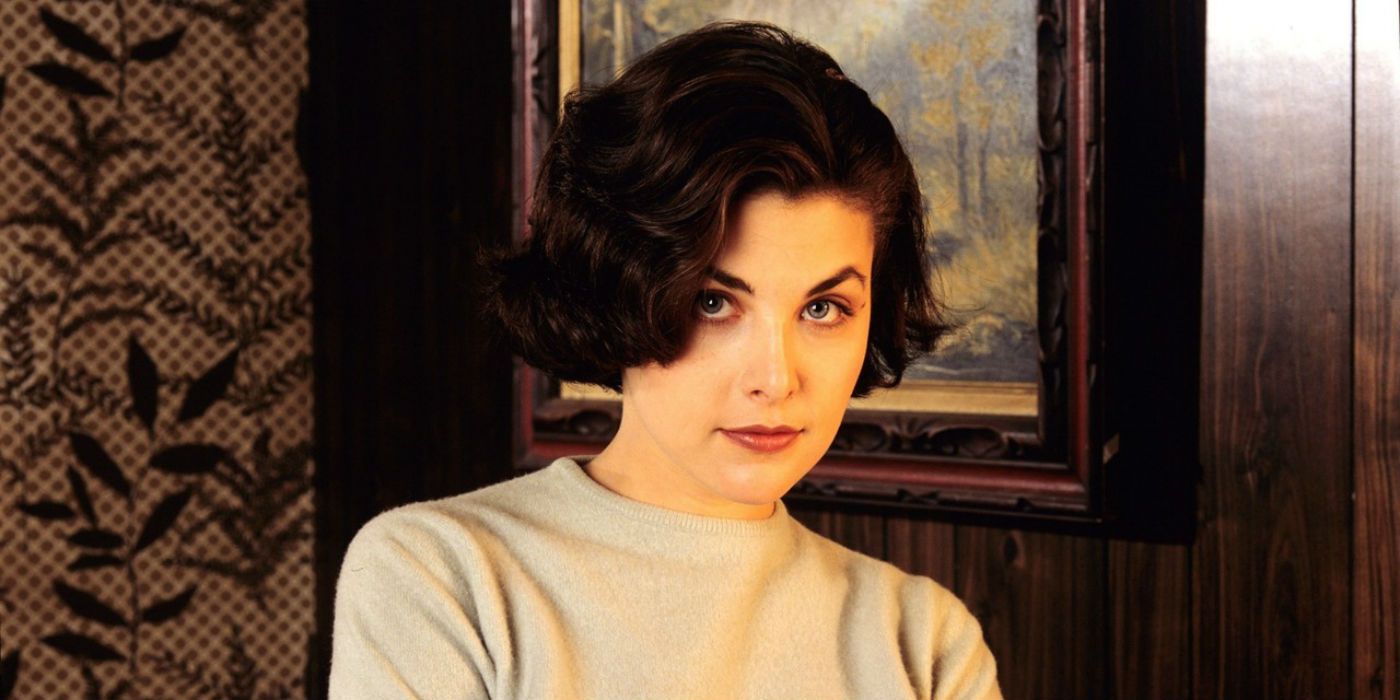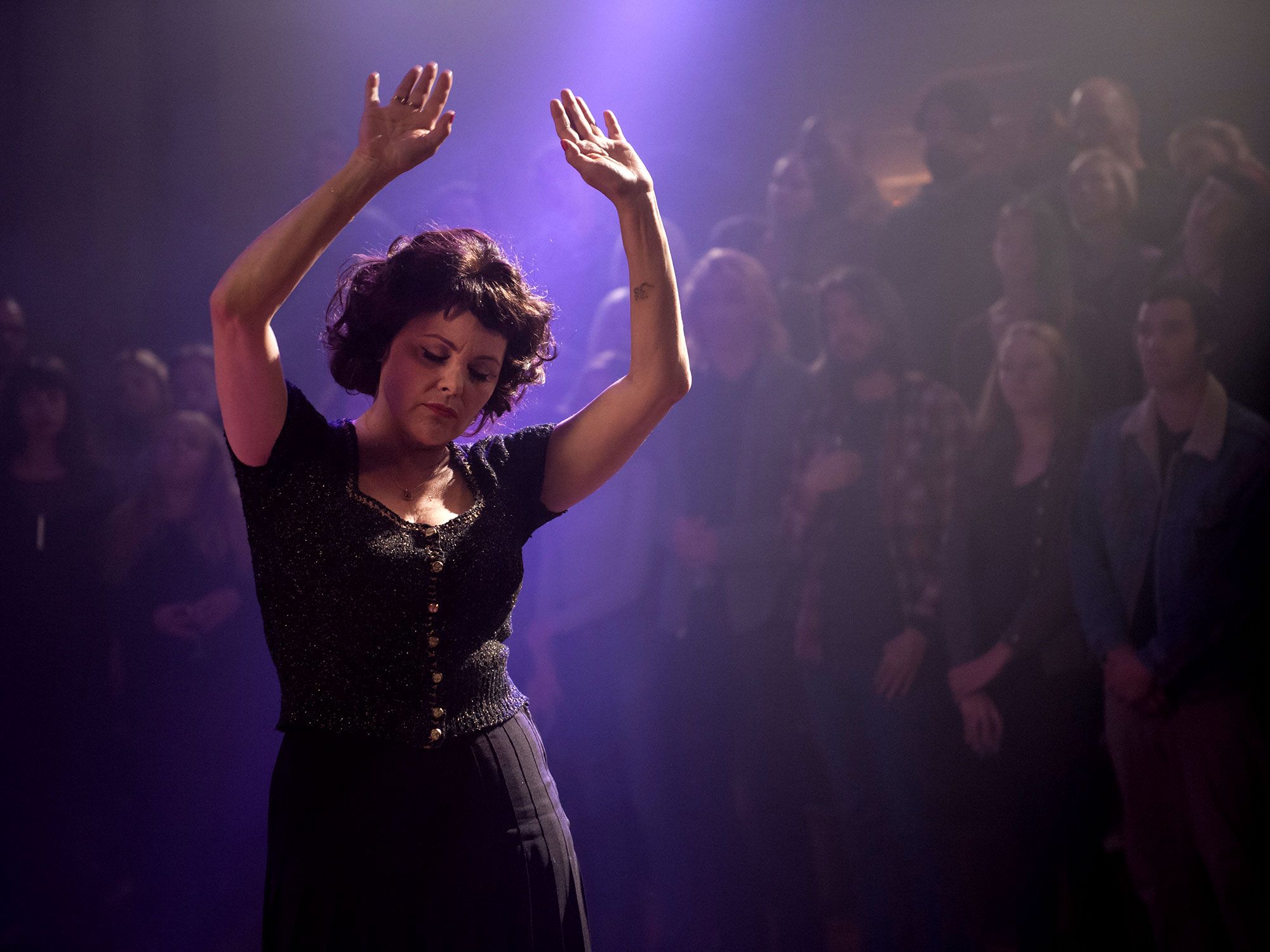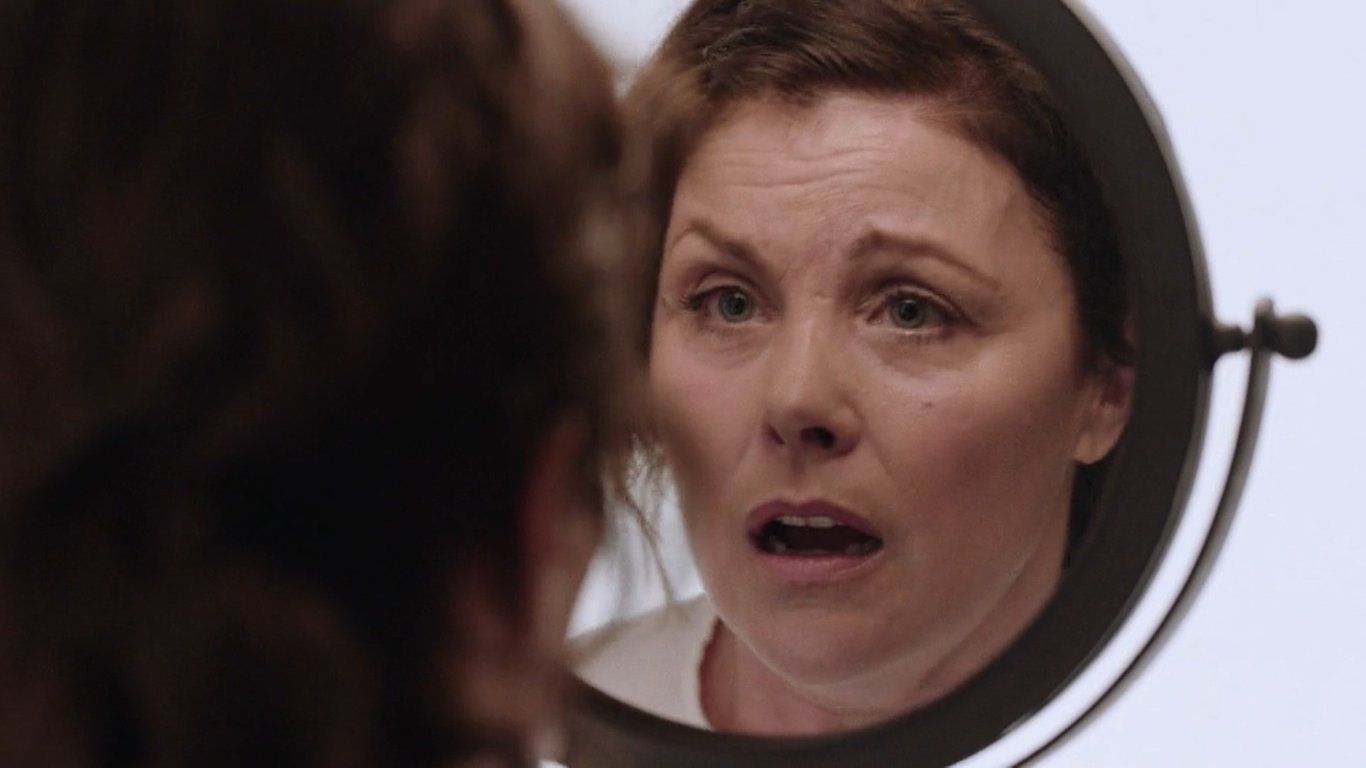The Showtime revival of Twin Peaks, David Lynch and Mark Frost's ground-breaking drama, wrapped up proceedings with a two-part season finale on Sunday and, in distinctly Lynchian fashion, there was much confusion. After 25 years off the air and many a fan campaign to see the further exploits of Special Agent Dale Cooper (Kyle MacLachlan) and the mystery of who killed Laura Palmer (Sheryl Lee), the Oscar-nominated director finally brought viewers back into the world they loved so much.Of course, it wasn't the same. This was a stranger world, and one that was utterly unconcerned with providing a neat resolution to those pesky questions. There were moments that satisfied in more conventional means the redemption of Bobby Briggs, the happy ending for Big Ed and Norma, Andy and Lucy having their moment of heroism but for the most part, this was a show where proceedings just couldn't be wrapped up in a neat bow.The vast majority of this season wasn't even spent with Dale Cooper; it was divided between his evil doppelganger and the tulpa (Black Lodge manufactured double) named Dougie Jones, which reduced Cooper to a semi-catatonic mannequin capable of only the most basic of actions. Audiences could hope for strong, clear answers, and even the most experienced David Lynch fans could quietly plead for something tangible to call a happy ending, but it was clear from the beginning that such things would be futile. As the season finale showed, sometimes, no matter how hard you fight or how desperately you want it, you can't always get what you want. Sometimes, the girl can't be saved.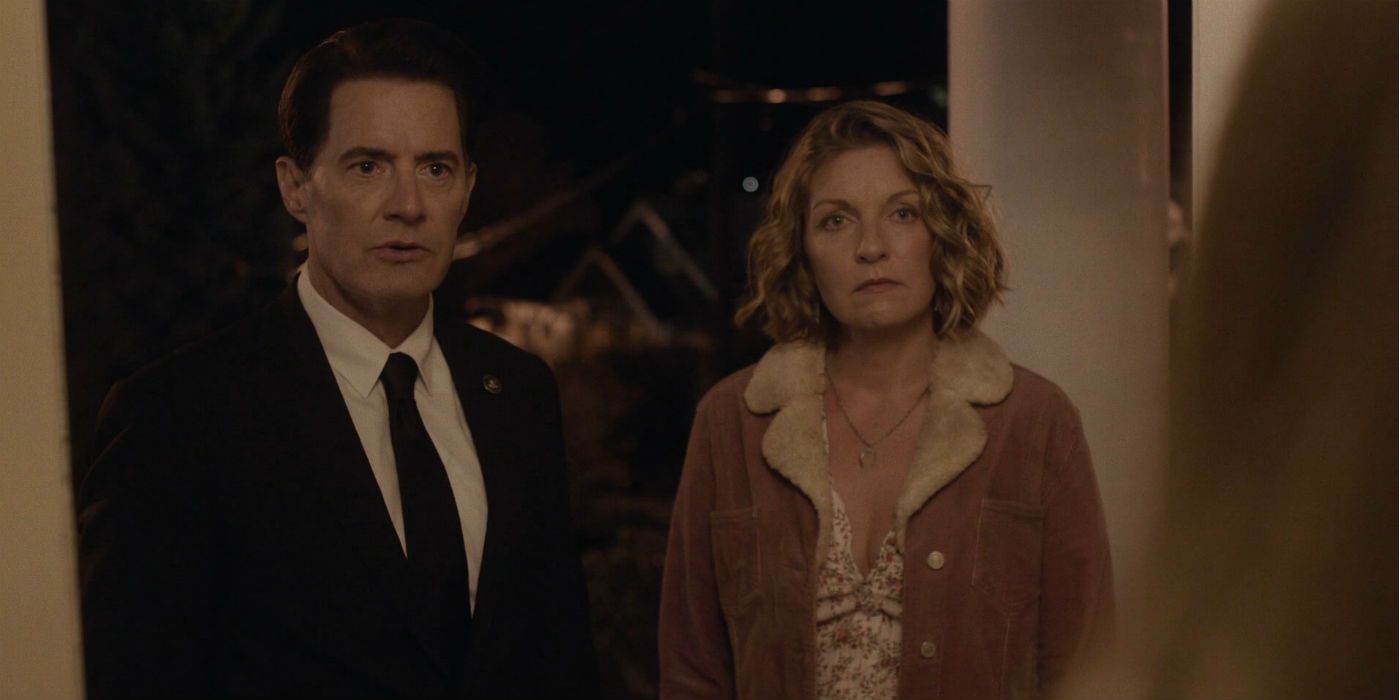 One element missing from the two-part finale was fan favourite Audrey Horne (Sherilyn Fenn). More than any character aside from Cooper, Audrey exemplified the enticing appeal of Twin Peaks during its original run. With her retro styling and mischievous smile, she was the femme fatale of the mystery, but one with a heart too golden to truly be the seductress. While she rebelled against her father and his business plans, she still fought hard to uncover the mystery of Laura Palmer's death, playing the amateur detective and getting in deeper than she ever could have anticipated. When the series originally climaxed with Audrey chained to the bank when it blew up, fans feared the worst, so news of Sherilyn Fenn's return to the show upon the announcement of its revival provided some much-needed solace. Perhaps now, a quarter of a century later, she could finally be with Dale Cooper, the man for whom she held such a sweet crush.Inevitably, it wasn't to be so simple. If you came to Twin Peaks looking for an easy route, you would quickly find yourself lost.
One element missing from the two-part finale was fan favourite Audrey Horne (Sherilyn Fenn). More than any character aside from Cooper, Audrey exemplified the enticing appeal of Twin Peaks during its original run. With her retro styling and mischievous smile, she was the femme fatale of the mystery, but one with a heart too golden to truly be the seductress. While she rebelled against her father and his business plans, she still fought hard to uncover the mystery of Laura Palmer's death, playing the amateur detective and getting in deeper than she ever could have anticipated. When the series originally climaxed with Audrey chained to the bank when it blew up, fans feared the worst, so news of Sherilyn Fenn's return to the show upon the announcement of its revival provided some much-needed solace. Perhaps now, a quarter of a century later, she could finally be with Dale Cooper, the man for whom she held such a sweet crush.Inevitably, it wasn't to be so simple. If you came to Twin Peaks looking for an easy route, you would quickly find yourself lost.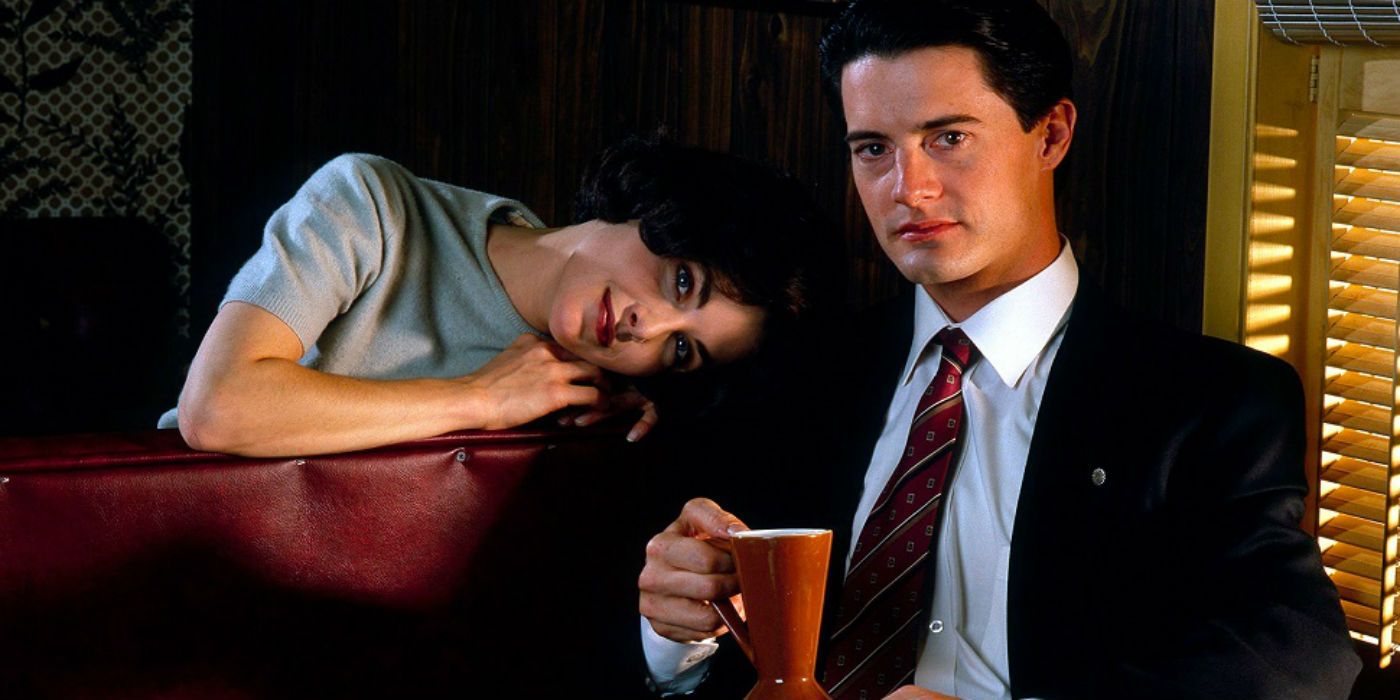 It took a dozen episodes for Audrey to finally appear, and her scenes proved mystifying to some. We first see her - older, but still distinctly Audrey in her fashion choices - berating a man revealed to be her husband, Charlie. She wants him to accompany her to the road house bar to look for Billy, her lover who has gone missing, but Charlie is tired and has a lot of paperwork to do. It's a very long, somewhat frustrating scene that reveals nothing of Audrey, her fate or what's happening to her. It doesn't even seem like the same Audrey; here, she is acid-tongued, bitter and scared. She demeans the man she's supposedly married to by rubbing in her cuckolding of him. Various names are mentioned Billy, Tina, Charlie none of whom are people we are familiar with, but who seem to have their own complex soap opera of events going on. Eventually, Audrey convinced Charlie to call Tina and ask for news on where Billy has gone. The call is, once again, drawn out and we only hear one side of it. We never hear what Tina tells Charlie because he refuses to tell Audrey.The scene is baffling, and made all the more so by the rest of Audrey's appearances on the show. In her second appearance, the argument over going to the road house continues we have no idea how much time has passed but once Charlie is suddenly receptive to accompanying Audrey on her hunt, she freezes. Suddenly she has excuses for not wanting to leave, and the debate continues. Now, she seems more scared than bitter. This is an Audrey utterly disconnected from her old world. She never mentions her parents or her son, the shudder-inducing brat Richard Horne, whose father is the evil doppelganger of Dale Cooper. Her relationship with Charlie seems more akin to that of a therapy patient than a wife. He talks to her slowly and condescendingly, with hints of gaslighting her in his approach to her problem. It's clearly an unhealthy relationship, something that's only emphasized when Audrey jumps on him in a fit of rage and tries to strangle him.
It took a dozen episodes for Audrey to finally appear, and her scenes proved mystifying to some. We first see her - older, but still distinctly Audrey in her fashion choices - berating a man revealed to be her husband, Charlie. She wants him to accompany her to the road house bar to look for Billy, her lover who has gone missing, but Charlie is tired and has a lot of paperwork to do. It's a very long, somewhat frustrating scene that reveals nothing of Audrey, her fate or what's happening to her. It doesn't even seem like the same Audrey; here, she is acid-tongued, bitter and scared. She demeans the man she's supposedly married to by rubbing in her cuckolding of him. Various names are mentioned Billy, Tina, Charlie none of whom are people we are familiar with, but who seem to have their own complex soap opera of events going on. Eventually, Audrey convinced Charlie to call Tina and ask for news on where Billy has gone. The call is, once again, drawn out and we only hear one side of it. We never hear what Tina tells Charlie because he refuses to tell Audrey.The scene is baffling, and made all the more so by the rest of Audrey's appearances on the show. In her second appearance, the argument over going to the road house continues we have no idea how much time has passed but once Charlie is suddenly receptive to accompanying Audrey on her hunt, she freezes. Suddenly she has excuses for not wanting to leave, and the debate continues. Now, she seems more scared than bitter. This is an Audrey utterly disconnected from her old world. She never mentions her parents or her son, the shudder-inducing brat Richard Horne, whose father is the evil doppelganger of Dale Cooper. Her relationship with Charlie seems more akin to that of a therapy patient than a wife. He talks to her slowly and condescendingly, with hints of gaslighting her in his approach to her problem. It's clearly an unhealthy relationship, something that's only emphasized when Audrey jumps on him in a fit of rage and tries to strangle him.
Finally, when the pair do make their way to the road house (where none other than Eddie Vedder is singing). They share a drink before an announcement is made for Audrey's Dance.' That memorable music from the diner plays, the floor clears, and Audrey has her moment in the spotlight. She dances as if time has never passed, and for fans who have craved this moment, it is a fleeting minute of satisfaction - one that can never truly be. The audience knows the dance isn't real. It simply can't be. That doesn't make it any less of a surprise when the scene suddenly cuts to another Audrey, her face free of make-up, as she stares in a mirror and repeatedly asks, œWhat? The room is a stark white, she seems to be wearing a hospital robe, and that's the last we see of Audrey. Not once does she appear, or is she even mentioned, in the finale. Her story has already come to its conclusion.
This is David Lynch's world and he's never been one to give everyone exactly what they wished for. Many fans hoped Dale Cooper would drive into Twin Peaks and save Audrey from whatever fate she was stuck in. As it is, what viewers got was something more abstract. There are no clear answers to explain what happened to Audrey. The most commonly held theory is that she is in a coma, having never woken up from the bank explosion. We know that, while in hospital, she was visited by a man who looked like Dale Cooper, which suggests her son was conceived through rape. Everything after that is up for debate, since it seems that, from the little we see of the Horne family, Audrey has played no part in it for a long time. It would make sense that her comatose mind would dream up an impossible situation for her desperate to leave but unable to do so, perhaps in part because she doesn't want to.
The all white room we saw only a flash of hints at a bleaker fate for Audrey, one of permanent hospitalization. She didn't seem to know where she was, if she was dreaming or awake, and neither does the audience. If Audrey did wake up, it's possible she never recovered her mental capabilities and was forced into institutionalization indefinitely, forcing her to escape to a dream world that provides no solace.
This season further forwarded the concept of the tulpa, a Black Lodge manufactured double who's close to but not quite identical to the original person. The word œtulpa comes from Tibetan mysticism, a common theme in Lynch's work (he is a long time devotee of transcendental meditation). Cooper has a number of tulpas, from his evil doppelganger to Dougie Jones to the new Dougie created in the final episode to complete the Jones family unit. His long-time secretary Diane (Laura Dern), brought along for the investigation by Gordon Cole (David Lynch), was revealed to be a tulpa. There's even evidence to suggest that Maddy, Laura's identical cousin from the first season, is a tulpa, although the more obvious iteration of this for Laura appeared in the finale, as Carrie. There are hints of Black Lodge goings-on in Audrey's story. As episode 16 ends, the band plays œAudrey's Dance again, only it's backwards, a big warning sign for fans.
There seems to be little chance of Twin Peaks getting a fourth season. David Lynch and Mark Frost are said to have always planned a single season with no further follow-ups, although the finale presents a fascinating opportunity for them to do so should they change their minds. Audrey's ending, such as it is, is another example of how Twin Peaks understands trauma and its effects. Laura Palmer can never be saved, BOB's evil can never fully be gotten rid of, and Audrey Horne will bear the scars of her pain forevermore.
Then again, it's possible this is all her doing. When Agent Cole was visited by Monica Bellucci in his dream, she talked of the dreamer who controls everything, but the question of who the dreamer is was never answered. Sherilyn Fenn may have left a big clue on her own Instagram page, with a piece of art suggesting Audrey is the dreamer. Lynch has always been a stickler for avoiding spoilers, so perhaps Fenn is just having some fun with the suggestion. Still, with the presented reality so cruel - poor old Audrey Horne, locked up and alone - it's easy to see why Twin Peaks fans may want to take solace in their dreams.

